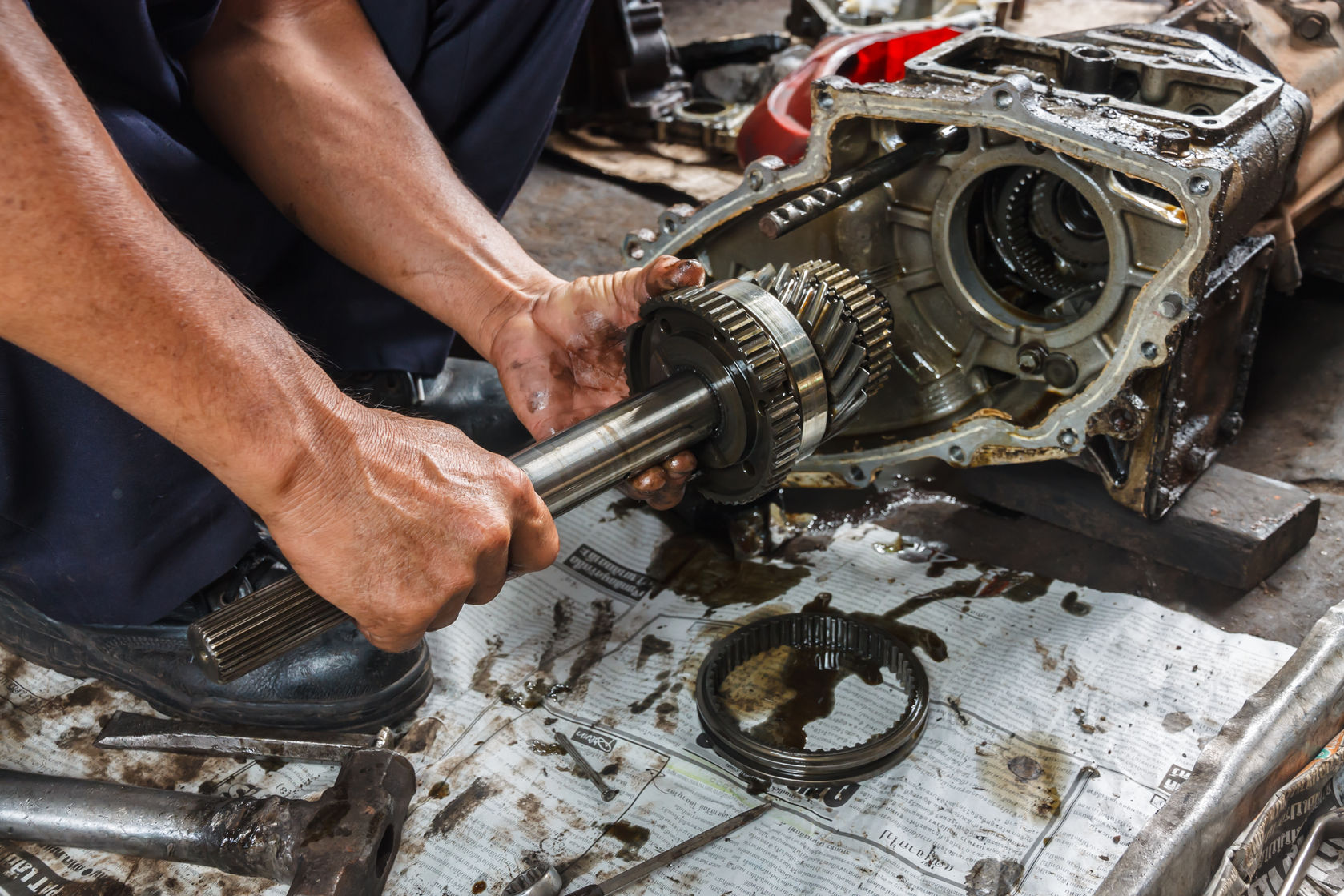-
Stop Making These Common Lubrication Mistakes Today
- Posted on March 27, 2017
- by Canmore Petroleum
- in Common Lubrication Mistakes, Uncategorized
- 1 Comment.
The problem with lubricating most manufacturing machinery is that it’s often a blind activity. No one can easily see when it needs to be done or that it’s been done correctly. As a result, there’s a huge potential for not lubricating machinery properly.

Maintaining manufacturing equipment through proper lubrication methods is a task that you may never think about … until that piece of equipment fails and becomes all you can think about.
Here’s a quick list of some of the more common ways that equipment lubrication efforts can go wrong in a manufacturing setting and ways you can s-t-o-p them from happening.
S is for sampling point inaccuracy
One common mistake that manufacturing operators make is choosing the wrong sample points on their equipment. Performing routine oil analysis can provide plenty of good information and potentially prevent a minor maintenance issue from escalating into a much bigger problem. Unfortunately, drainage ports are often located in places that are prone to delivering inaccurate samples. For example, ports located at the bottom of machines may provide a distorted sample that contains a much higher concentration of contaminants because the impurities have naturally settled to the sump.
You can install a new sampling port to provide a more accurate sample of lubricants under normal operating conditions.
T is for treating all gears the same
Different gears are designed for different manufacturing applications and should be lubricated with different fluids. Spur, bevel, worm, spiral bevel, helical and herringbone tooth designs all require lubricants that perform under extreme operating conditions.
Customers often ask whether it’s ok to use the same fluid to lubricate different pieces of equipment, either to reduce the number of fluids they have on hand or to lower the risks of a technician mistakenly adding the wrong fluid. We typically respond that using a lubricating fluid that is a grade up from what’s called for is ok. That’s because a higher grade will provide higher viscosity protection levels.
However, in some scenarios, including high-load components such as gears and bearings, it’s best to use the proper fluids. The risks of equipment failure caused by premature wear or increased temperatures are too high. At best, lubricating fluids that may “overprotect” because of their higher viscosity may still have a negative effect on the performance and efficiency of a manufacturing machine. At worst, selecting a high viscosity “multipurpose” grease that breaks down too quickly in high-speed applications can be catastrophic.
O is for over-greasing
Contrary to popular belief, not only can using too little grease cause equipment failure, using too much grease is a bad idea, too. Over-lubrication can lead to grease churn, overheating, damage to the electric motor, and seal damage.
All bearings require a specific volume of grease to be properly lubricated. In many cases, you can use a simple calculation to determine the proper volume (oz.) of lubricant required. Measure the outside diameter and the width of the bearing, multiply those two measurements together, and then multiply that number by 0.114.
P is for procedure problems
When it comes to proper maintenance, consistency is king. Getting the right type of lubricant into specific manufacturing machines at precisely the right time and in the right quantities is essential to long-term performance. Unfortunately, for many manufacturing operations, actually performing regularly scheduled maintenance can be low on the priority list. As a result, it can easily become something “for a rainy day” or that happens “once things settle down a little.”
To make matters worse, these jobs are sometimes left to lower-level employees who may not have the skills or fully appreciate the importance of what they are doing. Without a clear set of procedures and the organizational discipline to insist that lubrication activities occur as scheduled and as instructed, management may discover that lubrication tasks have not been completed only when something goes wrong.
When a manufacturing operation struggles to establish an adequate lubrication maintenance plan, outsourcing the entire process to a professional lubrication management company is an excellent option.
If you enjoyed this article please consider sharing it!





Performing routine oil analysis can provide plenty of good information and potentially prevent a minor maintenance issue from escalating into a much bigger problem.